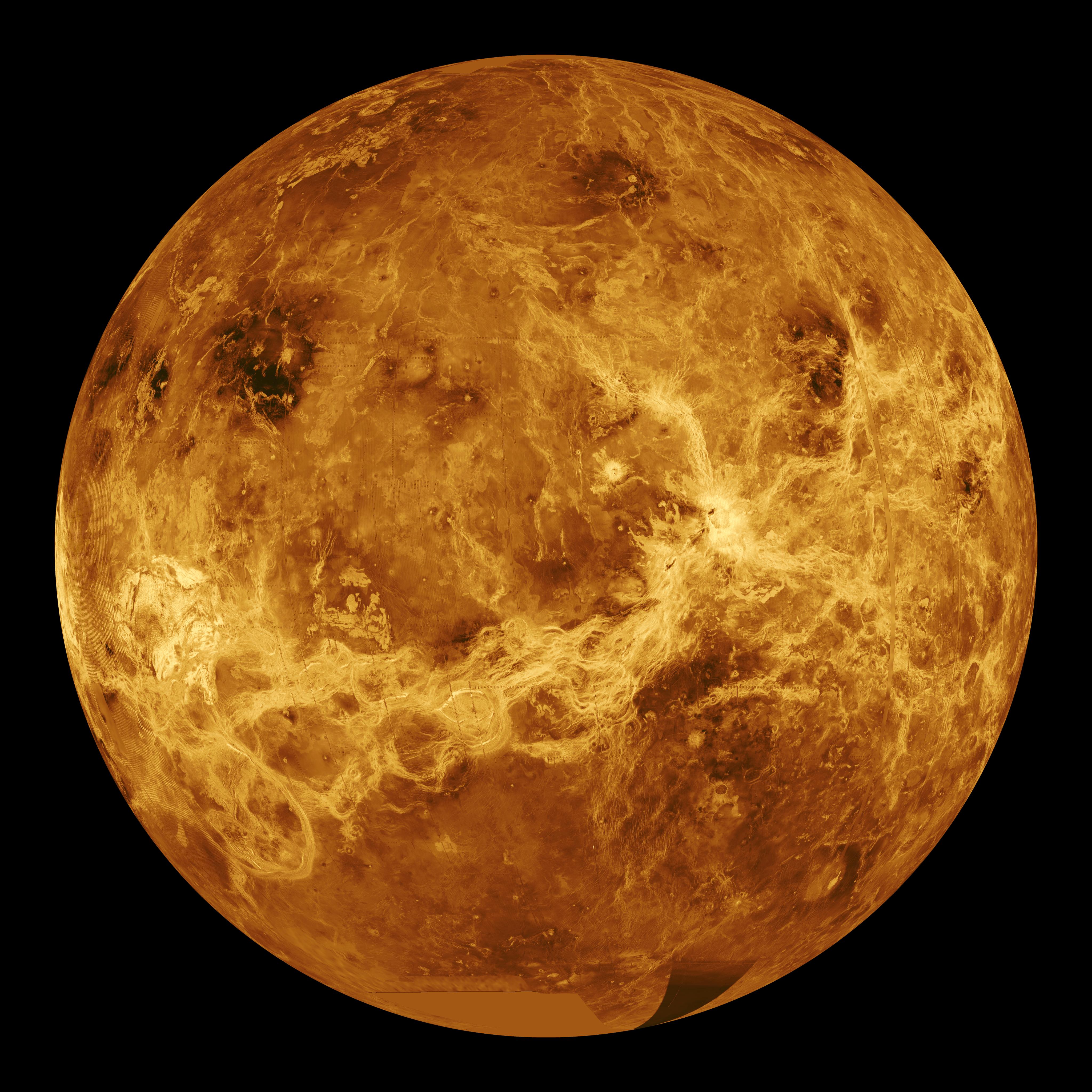Space Science & Astrobiology Division
N245 Conference Room 215
Thursday, October 18, 2018 – 3:00PM
Speaker: Victoria Hartwick, Graduate Student at CU Boulder
Abstract: Water ice clouds on Mars are commonly observed in the middle atmosphere (between 40 and 80 km). However, current generation Mars three-dimensional general circulation models (GCM) struggle to reproduce clouds above approximately 20-30 km. On Mars, as on Earth, ice cloud formation likely initiates by heterogeneous nucleation, which requires a population of suspended ice nuclei contiguous with supersaturated atmospheric water vapor. Although supersaturation is observed at high altitudes and has been reproduced in models, models predict very few ice nuclei. The small number of ice nuclei in the upper atmosphere is due to the assumption in Mars GCMs that the only source of ice nuclei is dust from the Martian surface. However, terrestrial mesospheric noctilucent clouds have been shown to form by ice nucleation on particles originating from ablated micrometeoroids. Therefore, it is reasonable to assume that a population of micrometeoric ablation biproducts on Mars exists and can act as a site for cloud nucleation at high altitudes. We present simulations using the National Center for Atmospheric Research (NCAR) Community Atmosphere Model for Mars (MarsCAM), coupled with a physically based, state-of-the-art cloud and dust physics model, the Community Aerosol and Radiation Model for Atmospheres (CARMA) to show that ablating micrometeoroids can yield abundant ice nuclei throughout the upper atmosphere of Mars. We find that simulations including a constant annual micrometeoroid flux allows us to reproduce the observed properties of high altitude water ice clouds including vertical distribution and particle size. In general, effective radius decreases with altitude. We have additionally explored the impact of variable ablation rates. Preliminary results suggest that relatively high ablation rates, near or greater than 50%, are required to reproduce observed cloud features.
Point of contact:
lisseth.gavilanmarin@nasa.gov
salma.bejaoui@nasa.gov
2 min read






















